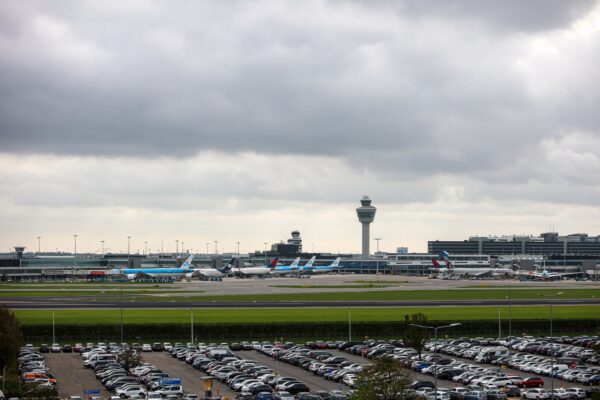- The White House on Monday released President Donald Trump’s long-awaited infrastructure plan.
- The plan includes $200 billion in federal funding with an eye toward incentivizing another $1.3 trillion in local investment.
- Many analysts and lawmakers do not expect Congress to pass the large package.
The White House on Monday unveiled President Donald Trump’s long-awaited infrastructure plan that aims to rehabilitate the nation’s roads, bridges, tunnels, and more.
The plan includes $200 billion in federal funding over the next 10 years and aims to raise up to $1.5 trillion in total by incentivizing investment from state and local governments, as well as private firms.
Here’s a breakdown of how that would be spent:
- $100 billion for direct grants to local governments to help trigger investment.
- $50 billion to projects in rural areas in the form of block grants.
- $20 billion to large projects to “lift the American spirit.”
- $30 billion for miscellaneous existing infrastructure programs.
The proposal is a departure from typical spending on infrastructure, as the federal government usually covers a bulk of the cost. Trump’s plan would see local governments taking on 80% or more of the funding burden.
Another focus is streamlining the approval process for bigger projects to two years from the current five to 10, removing some regulatory red tape. The plan would allow one agency to make the final decision on permitting, something the White House is calling a "one agency, one decision" approach.
Democrats have expressed skepticism at the idea, saying that shortening the approval time could be used to skirt environmental regulations.
Several other items in the package would affect things like educational grants and toll roads. Here's a brief rundown:
- Create a fund to repair infrastructure on public lands like parks and forests using money generated from "mineral and energy development on federal lands and waters."
- Expand the use of toll roads and loosen restrictions on the use of revenue from them.
- Expand the use of Pell grants to help pay for postsecondary programs, including short-term programs, apprenticeship programs, and more.
- Allow workers with out-of-state trade licenses to work on new infrastructure projects.
- Limit legal actions due to environmental concerns that can pause projects.
The infrastructure plan's release represents a culmination of almost a year of Trump's suggesting it was imminent. On May 1, for example, Trump said it was coming in two to three weeks.
While the plan is likely to dominate the policy agenda in Washington this week, almost no one expects Congress to pass anything resembling it this year. Isaac Boltansky, a policy analyst at the research firm Compass Point, summed up in a note to clients the reasons he thinks it's dead on arrival:
"Despite bipartisan conceptual support for infrastructure projects, we doubt that a sweeping infrastructure bill will become law in this Congress for 3 key reasons: (1) the deep policy divide over the funding mechanism; (2) unclear pay-fors as repatriation was included in tax reform and raising the gas tax remains unpopular among Republicans; and (3) the timeline is difficult given the already overburdened legislative calendar and the gravitational pull of the midterms."
Chris Krueger, a strategist at Cowen Washington Research Group, was also skeptical. He said in a note on Monday: "$1.5 trillion for infrastructure on the heels of $2 trillion in deficit-financed fiscal stimulus in the past two months is ... unlikely."
Democrats are already coming out against the plan, saying the private-public partnerships are a "scam" designed to enrich private contractors.
"This is not a real infrastructure plan - it's simply another scam, an attempt by this administration to privatize critical government functions, and create windfalls for their buddies on Wall Street," Rep. Peter DeFazio, the top Democrat on the House Transportation Committee, said Sunday.
Meanwhile, Republicans have expressed concerns about the effects of the recent tax law and budget deal on the federal deficit, meaning another $200 billion spending proposal is unlikely to get much support.
Here's the full plan:
-
Trump Infrastructure Planby Brett LoGiurato onScribd











